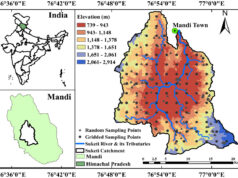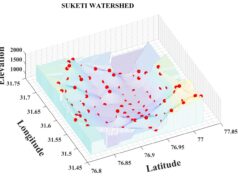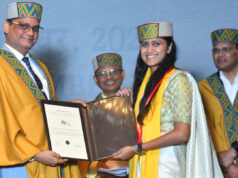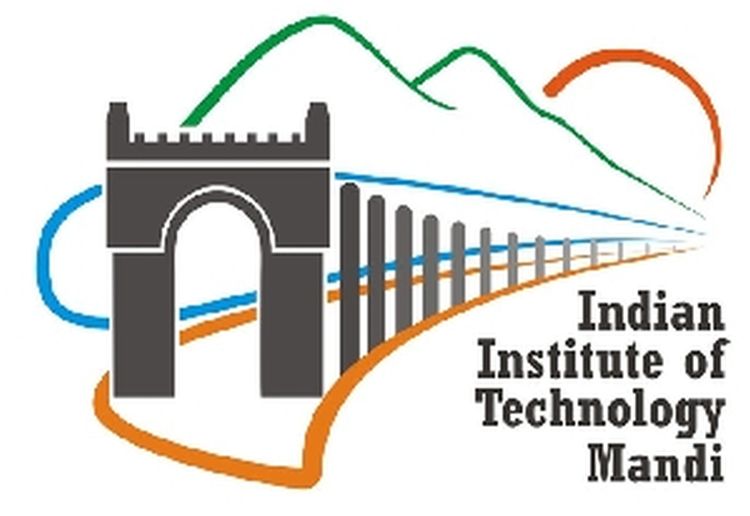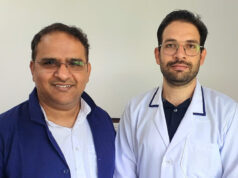The use of the photocatalyst is not only to treat plastic but also for photoreforming of food waste and other biomass and also for breaking down pollutants in water.
Mandi: IIT Mandi researchers have developed a method that can transform plastic into hydrogen when exposed to light. The generation of hydrogen from plastics is particularly useful because gas is considered the most practical non-polluting fuel of the future.
Plastics, most of which are derived from petroleum, are not bio-degradable. It is said that most of the 4.9 billion tonnes of plastics ever produced would end up in landfills, threatening human health and the environment.
Fuelled by the need to prevent runaway plastic pollution, IIT Mandi researchers Dr Prem Fexil Siril and Dr Aditi Halder have developed methods that can transform plastic into useful chemicals.
Explaining his research Dr Prem Felix Siril said
“We first ascertained the photocatalytic activity of our catalyst by seeing its action on methyl orange, whose colour change from orange to colourless showed the extent to which our catalyst was able to degrade it.”
The researchers found there was 100 per cent degradation within four hours when they used a catalyst in which about 4 per cent weight iron oxide was present in the polypyrrole matrix. The researchers then tested this catalyst on polylactic acid (PLA), a plastic that is extensively used in food packaging, textiles, medical articles and cosmetics. The team found that hydrogen was evolved during the breakdown of PLA when the catalyst was exposed to visible light.
The use of the photocatalyst does not stop with plastic treatment. It can also be used for photoreforming of food waste and other biomass and also for breaking down pollutants in water. The interesting heterojunction properties of nano iron oxide and polypyrrole offer scope for the development of new catalysts for energy production and environmental applications.



